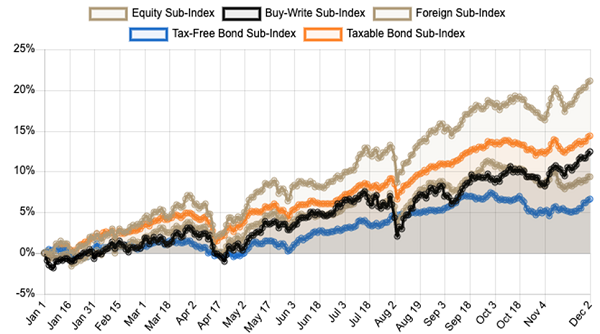I know it’s easy to get discouraged by the lack of bargains (not to mention the pathetic yields) available to us today, after stocks bounced back from the tariff-driven selloff.
But I have good news on this front: We still have plenty of places to hunt for big yields, even in this “pricey” market.
We just have to step a bit beyond mainstream choices—specifically to closed-end funds (CEFs), of which there are about 400 or so on the market. As I write, these funds, which are as easy to invest in as any ETF, yield around 8.7% on average.
But it’s the valuation story (source of the price upside we demand in addition to those big dividends) that’s particularly compelling here—and that side of things often gets overlooked as investors zero in on CEFs’ outsized dividend payouts, many of which are paid monthly.… Read more



Recent Comments